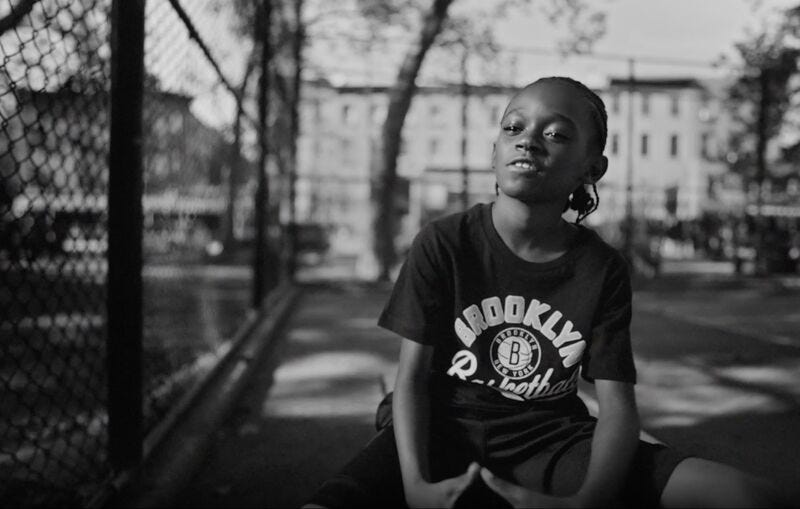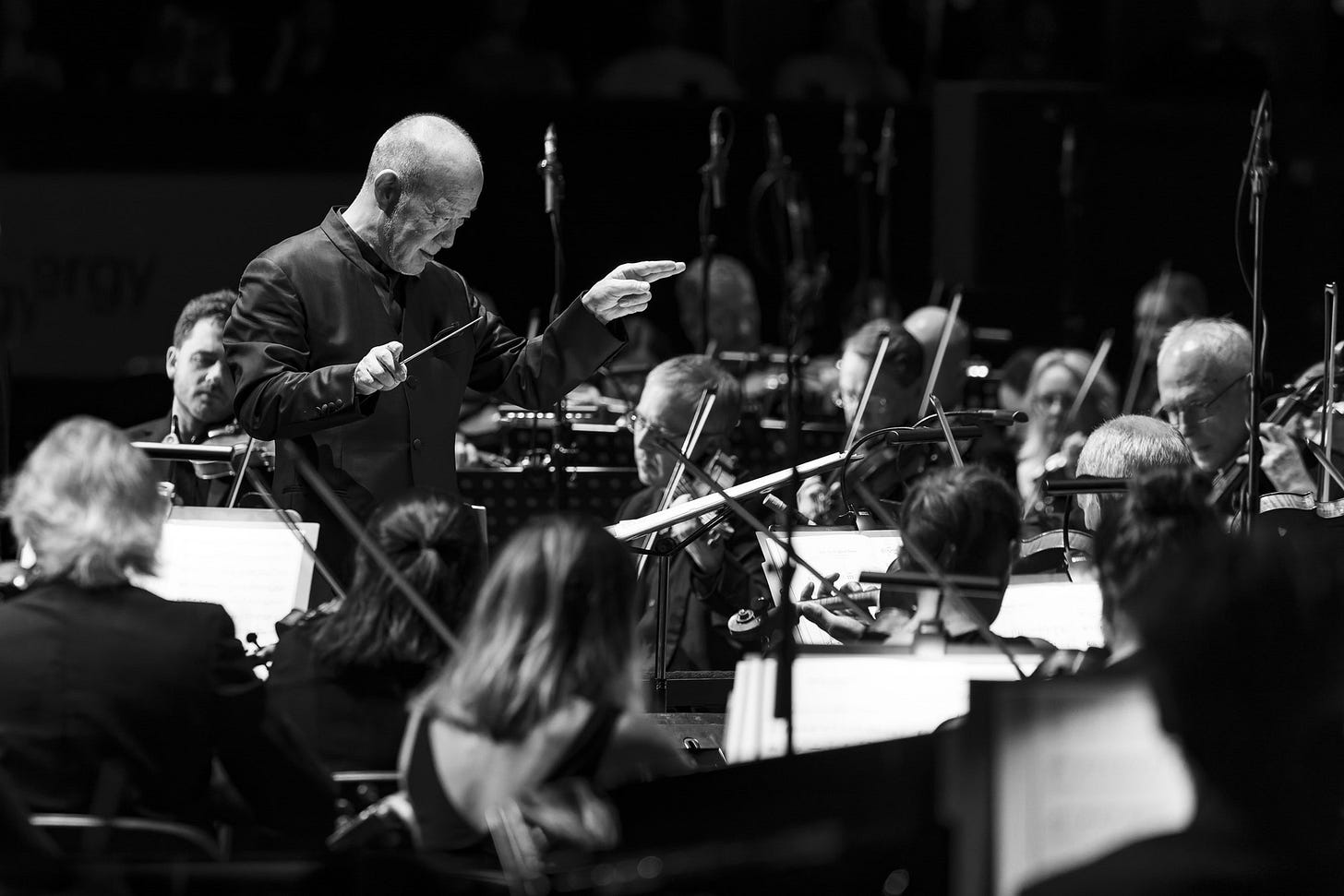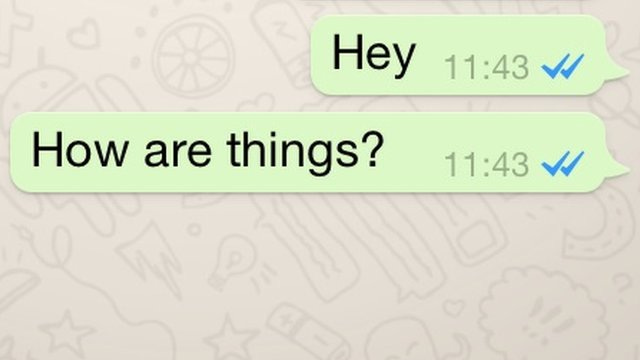In this issue:
Headliner Aniefiok 'Neef' Ekpoudom’s Where We Come From
Rewind A poem for all ages
Afterparty: Why friendships feel like admin, the curious world of crisp flavours, age-gap relationships, Studio Ghibli composer Joe Hisaishi and it’s Fred Again … again
Where We Come From
Tell me, what’s more compelling? To have a writer appraise music in a competent yet bookish manner or to read them bringing it to life like a novelist? So much so that it means almost as much to you now as it did to them then. Crossing from the world of what happened and why – the play-by-play – into the realm of characters, conflict, tests and obstacles.
From mixtape drops and nods to your ‘endz’, to triumphant arrivals on the national stage that feel like collective wins because you’ve been on the long journey with them, “throwing bricks at glass ceilings” as Kano rapped. Taking some heavy losses too, it must be said.
I’m not talking about a pure expression of fandom or an I-was-there awareness of a genre’s genesis, both of which have merit. This is different. It’s the ability to chronicle the times in anything other than a straight line. To look behind demographic shifts and hit records. To see the turning points and setbacks with an acute sense of time and place. Complexity and precarity. Cause and effect.
To join the dots between past movements and evolving scenes like you’re explaining your family tree. How we get from Cecil Morris’ Peoples Community Radio Link (PCRL) pirate in 80’s Birmingham to West Midlands grime entrepreneur Despa Robinson, who co-founded the label StayFresh and started the artist management and media company BE83. Aniefiok ‘Neef’ Ekpoudom has achieved this and so much more in Where We Come From.
I’ll be honest. My knowledge of post-2000s UK grime and rap is hit and miss. I dabble. I don’t live and breathe the culture like the author. But his first book has a far wider aperture. All the artists he writes about are offering an alternative history of modern Britain through black music, so often their salvation, with migration a recurring catalyst.
Any writer who goes beyond sound to consider the culture that spawned the music gets my attention. Neef’s writing places us in a perpetual state of becoming and I love how we feel the full significance of watershed moments (some of them “in desperate hours”) at street level. Consider this So Solid Crew anecdote and the blast radius of their ubiquitous ’21 Seconds’.
“It took hold in South London and the inner cities. Stand on the curb in any area across Lambeth and Lewisham and Southwark and Battersea in 2001, and you would hear its melody and pulse moving from car speakers and from radio sets. Young kids huddled over vinyl, verse after verse braiding the South London air, knitting together a generation, and eventually breaking the seal of Middle England and washing over the rest of the country too.”
A key strength of Where We Come From is the rigour of Neef’s reporting. Five years of wandering from South London to the West Midlands, down the M4 in between lockdowns, through thunderstorms that give way to celestial skies over a steely Port Talbot and the Wales “that once was”.
Demonstrating this music’s power as a form of resistance. A way out. A way in. Away from the capital, he charts the development of influential crews such as StayFresh and artists including Jaykae and Pa Salieu.
In South Wales, he finds a generation who have chased dreams around youth centres, among them Astroid Boys.
“They recorded rookie demos on blank CDs and freestyled on community Radio stations: a huddle of boys gathered in the middle of the room like a rugby scrum, an instrumental running in the background, mics passing between palms, everyone taking their turn to shell. Before they were anything else. Before they were fathers and labourers and small-business owners and barbers and incarcerated souls, they passed around songs via Bluetooth on Nokia brick phones.
“They stood in youth clubs, or in parks or in roads around the city centre, soaking themselves in the songs and sermons of estate kids from cities far away, the hot winds of Grime blowing west into Wales, into postcodes that core CF10 and CF3 and NP20, a heat wrapping itself around the souls who needed a shoulder, lives briefly illuminated in the trailing headlights of street memoirs.”
There is space for political commentary too, not least when confronting the reader with the crippling effect of austerity on communities that act like incubators for the art we’re appreciating in this book.
“In South Wales, the youth centres that held safe ground for a generation of kids have begun to fade and close. In 2020, a YMCA report titled ‘Out of Service’ noted that during the past decade, youth services in Wales have had their funding cut by almost 40 per cent, a loss of £19 million. In Cardiff, the figure was 64 per cent.”
He hands over to Urban Cycle youth centre mentor Jamie Winchester, who describes the impact on the ground in stark detail – depriving young people of perhaps their only stable and reliable role models.
“If I say we’re doing a course for three months, and on Wednesday and Friday we’re gonna be here at two till five, and if I ain’t there because things are getting cut … first of all I’ve let you down and I’ve reminded you of the other elder in your life that has let you down. That’s bigger than all of it, because then you start thinking, ‘Who can I trust?’”
Among the most moving pages relate to Cadet and how he toiled and strived for more than success. He sought a true reflection of himself in his work, embedding a “radical openness” in his freestyles. Here was “a Cadet who would spend his last money on clothes, who would pay taxes but was too embarrassed to sign on, who felt he was slacking as a brother and a grandson, and who was there on the first floor of an office complex in Central London, baring his flaws and mistakes and regrets to a handful of strangers.”
Neef grafts palpable emotion onto historical events and relationships, particularly between Cadet and Krept & Konan; their friendship, fallout and a very public reconciliation in verse. As for those deeply reverent scenes by the Serpentine Lake following a tragic car accident…
I can still hear “How does South London mourn one of its own?” reverberating between paragraphs.
This passage brings the true meaning of this music thing into focus. What’s at stake. How it changes things, touches lives, shapes them, propels them … all the way to a 5,000-strong homecoming at Brixton Academy. Cadet, the “Underrated legend”, storming the venue he always hoped to play, but in a far more resounding manner.
Neef has been developing an admirable form of prose in non-fiction over several years through features including interviews with Giggs, Headie One and Burna Boy, a long read about black footballers in South London for The Guardian and a video essay about Top Boy and the pressures of black masculinity for Netflix.
Where We Come From is more than the culmination of these open encounters, conscious periods of lived experience and lyrical reflections. As a piece of music journalism, reportage and social history, it carries authority but in a tender and compassionate way. Echoing, aching and rejoicing in unison with the people who made it happen and offered their energy in exchange.
A work in progress
It’s January so in the spirit of renewal and reinvention I would like to share a poem I wrote in 2021 for a nationwide billboard collaboration between creative networking platform POCC and Clear Channel.
I would never consider myself a poet, much less an artist, but I do try to be poetic in my turn of phrase. And why else would you be a writer if not to surprise and delight the reader? As the author Octavia Butler often reminded herself, “Make people think, feel and know. Make them feel, feel, feel.”
Don’t let the past cast shadows over your future
This rubble of regret jamming up your dream factory
Instead, pour all of that you have felt, learned, endured
Into a well
Let it give weightlessness to your weary bag of bones
Wash away the stubborn stains of nostalgia
Flush apathy and acrimony from your fallible form
Drown out the tick-tock of it’s-too-lateness
Afterparty
‘How do you reduce a national dish to a powder?’ The weird, secretive world of crisp flavours
Amelia Tait is among the very best at taking an inkling or casual fascination and turning it into a fun, riveting investigation. I still rave about her eBay photos and diary hunters long reads. This one is packed with crisps trivia.
Amelia sniffs around Pringles, Walkers/Lay's and their preferred "seasoning houses" for secrets. We discover how companies determine the flavours worth trying in different markets and which become popular.
Did you know that prawn cocktail only really sells in the UK and Ireland, while salt and vinegar has spread everywhere except Norway and Italy? How do brands achieve taste sensations analogous to dishes like lasagne?
It's all so frickin' moreish. I’m up for sampling New York Cheeseburger Pringles (Japan only) and Masala Mayhem Doritos (when next in India).
Short film: 10 years of Brooklyn
Some of you might know that I lead an exciting alternate life as a copywriter. It’s part of my job to keep in touch with the worlds of ads and ‘content’. I like to think of art as advertising for what we really need. In that sense, this short film by Wieden+Kennedy is my favourite piece of brand work from 2023.
Produced for The Brooklyn Nets to celebrate their 10th anniversary in the borough, and directed by Andre D Wagner, it fills me with an overwhelming sense of strength in community. It feels natural and undeniable in its encapsulation of a place and its people.
The brief must be pride and soul. "It's hard and crazy and dirty and beautiful," says one kid about their home. BK shinin' any way it can. And you’ve got to love the girl who talks about people blasting out music from their cars but then gives her approval 💜
PS Black Star is forever intertwined with Brooklyn in my mind. Yasiin Bey and Talib Kweli’s debut album is 25 so here's a banger for hip-hop fans.
The Age-Gappers: they say they’re happy, why is it so hard to believe them?
I didn't realise there is still so much scepticism and controversy around age-gap relationships. The welfare of minors is of paramount importance, of course, alongside those with diminished mental capacity. (But abuse of power can also happen between adults, right).
Beyond that, if two people get each other then go for it. Work at it to close the gap between differing outlooks on life and find common ground, while allowing space for each other’s individual growth. Never straightforward, I know.
Where things become more complicated and fraught is when one partner is likely to outlive the other, and particularly if they become parents in later life. This kind of scenario breaks my heart and would haunt me. But it is navigable with honesty and a relentless will to live. Listen to Lila Shapiro’s feature and make up your own mind.
Inside the mind of Studio Ghibli composer Joe Hisaishi
Thomas Hobbs is one of the most prolific writers out there, particularly on music. He’s always popping up on my Twitter feed to share a must-read or to fight the good fight for journalism in our freelancing Facebook group.
Here, he gets to speak to Joe Hisaishi, who has provided mesmeric scores for several Hayao Miyazaki films. They touch on how The Boy and The Heron's music replicates raw teenage emotions, his vow to never retire and the prospect of life after death. Thomas’ piece connecting rap with horror films was also fascinating.
Why friendships have started to feel strikingly similar to admin
This one was very popular on Substack last December and with good reason. We all wish we could see our friends more often but despite the wonders of technology, it seems harder to organise than ever. Beware the illusion of connection, people.
In my fug of grief and alienation over the Christmas period, Rosie Spinks’ article blew these feelings of frustration and loss wide open. Into a much wider context, we dived, to consider our overreliance on digital devices and social networks.
Also, the role that capitalism plays in this social atrophy through the promise/ruse of a frictionless life. One where we need not ask anything of anyone. How sad.
If you long for more old-school FaceTime with your people but feel that those friendships are withering through little fault of your own, it’s a must-read.
We need to talk about Fred … Again
This is an erudite jukebox jury on the eponymous Fred Again by Clive Martin. Been craving proper discourse on the darling of dance music? Well, this is it. I remember catching a bit of his Glasto set. Confused, I was.
Is the gear that good, or has he cracked the code for crowd control? “Muso credentials aside, his work appears to be deeply algorithmic – seemingly precision-designed for climatic festival moments,” writes Martin, “but also perfect for Instagram travel and fitness reels.”












Great post. One of the strangest things about the modern world is that even though we're supposed to be more connected than ever, we're experiencing true, meaningful connections far less than we were - due to so many distractions. The book review was excellent, too... 😎
Fantastic review of Where We Come From. I’ve been waiting so long for this to come out, I’ll read and review it soon!
By chance I also read that article about the weirdly secretive world of crisp flavours. I used to live Belgium and despite being a mere stones throw from UK, it was so odd how paprika flavour dominated, then closely followed by pickle! I must admit to being that guy whose first stop on holiday in any other country is the local corner shop to find the oddest flavoured bag of crisps!